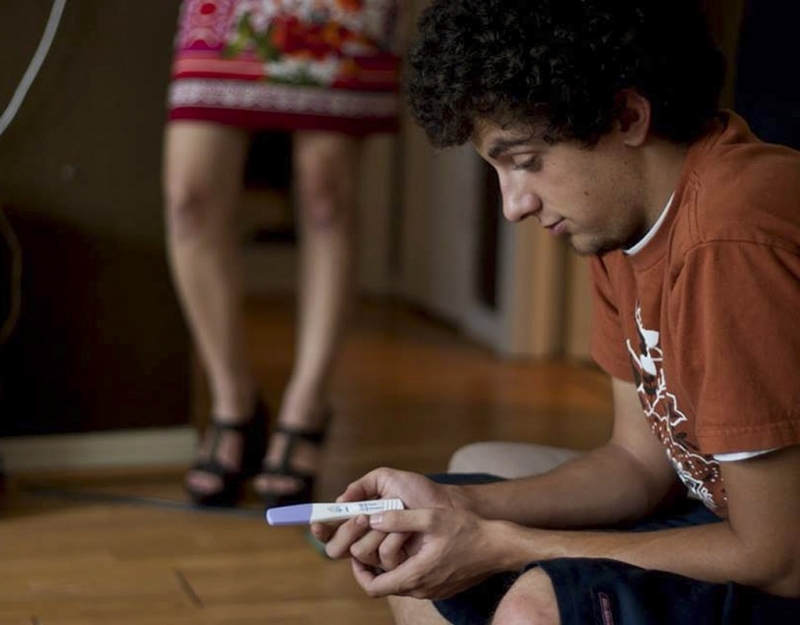Even though the female menstrual cycle affects half the world’s population on a regular basis, it remains one of the most misunderstood areas of human physiology. As a result, fertility myths – usually caused by confusion about the menstrual cycle – are rife.
Some of the most common myths include:
Myth: A woman is fertile all the time
Fact: You are only fertile for about 24 hours of each cycle, which is the time that the egg can survive after ovulation. This time could be extended to 48 hours if two or more eggs are released, which occurs in the 24 hours after the release of the first egg. In optimum conditions, sperm can live up to five days prior to ovulation, a fact that increases the potentially fertile phase to around 7 days per cycle.
Myth: Infertility is usually the woman’s fault.
Fact: Roughly a third of infertility is due to the female and a third due to problems in the male, with the remainder being a combination of both or due to a cause that is unexplained.
Myth: When a woman runs out of eggs, menopause starts
Fact: When you start menopause, you still have around 10,000 eggs left. What has changed, with the change in your hormone levels, is your ability to mature and release those eggs from your ovaries.
Myth: A woman can ovulate more than once in each menstrual cycle
Fact: Once you have ovulated, it won’t happen again until the next cycle. This happens because of hormonal influences following ovulation which suppress further ovulation from taking place. Even in the case of two or more eggs being released (if you are having fraternal twins or triplets), it will always occur within 24 hours of the first one being released.







Leave A Comment
You must be logged in to post a comment.